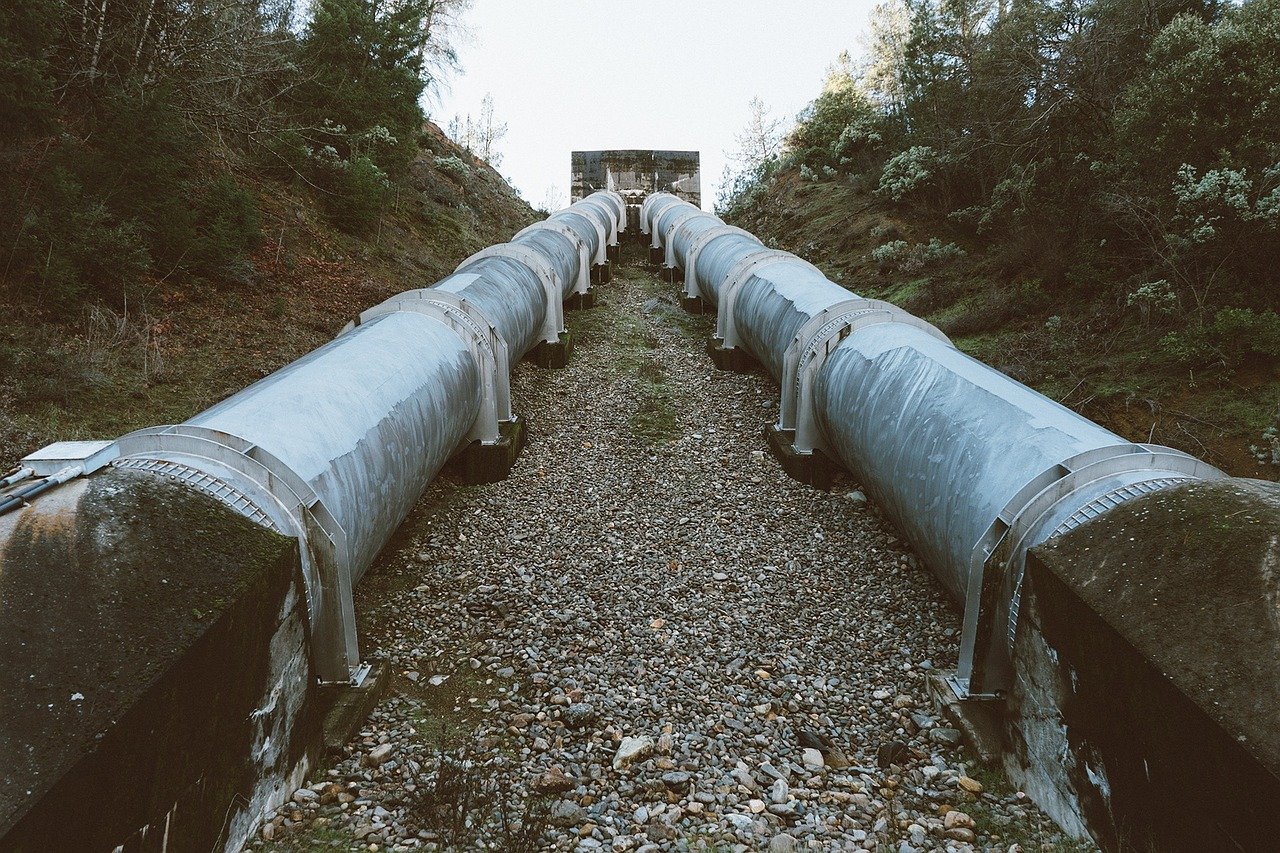Health Risk Assessment and POP
Persistent Organic Pollutants and their Impacts on the Arctic Ok I'll be the first to admit, it's not the kind of POP that most of us have come to know; however, persistent organic pollutants (POPs) are chemicals that contain carbon that resist degradation and can have just as much impact on our health as those sugary beverage drinks. Although many different chemicals, both natural and anthropogenic, may be defined as POPs, the most common known POPs include many of the first generation of insecticides such as DDT (Dichloro-Diphenyl-Trichloroethane) and industrial chemicals like PCBs (polychlorinated biphenyls). POPs may persist in the environment for periods of several years and may bioconcentrate up to ten thousands fold. [1] As a result, POPs are being identified all over the world - even in regions where they have never been used. A perfect example of this is in the Arctic, where some of the highest levels of POPs have been recorded in the polar areas.

By Trevor Macenski
December 6, 2012
Persistent Organic Pollutants and their Impacts on the Arctic
Ok I'll be the first to admit, it's not the kind of POP that most of us have come to know; however, persistent organic pollutants (POPs) are chemicals that contain carbon that resist degradation and can have just as much impact on our health as those sugary beverage drinks. Although many different chemicals, both natural and anthropogenic, may be defined as POPs, the most common known POPs include many of the first generation of insecticides such as DDT (Dichloro-Diphenyl-Trichloroethane) and industrial chemicals like PCBs (polychlorinated biphenyls). POPs may persist in the environment for periods of several years and may bioconcentrate up to ten thousands fold. [1] As a result, POPs are being identified all over the world - even in regions where they have never been used. A perfect example of this is in the Arctic, where some of the highest levels of POPs have been recorded in the polar areas.

A common characteristic of most POPs, found in Arctic animals, is that they break down very slowly. This persistence in the environment allows them to accumulate in an animal which in turn allows them to be passed through the food chain. Most of the POPs are fat-soluble and accumulate in the fatty tissues of animals, which are highly desirable in cold weather climates because Arctic animals store energy as fat for survival. Consuming the fat for their diets, animals and people take in the POPs. As predators consume the fat with the POPs from their prey, the POPs work their way up the food chain (from fish, to seals, to polar bears, to people), often becoming more concentrated in the top predators.[2]
Good evidence has been gathered associating human exposure to specific POPs or classes of POPs with cancers and tumors at multiple sites; neurobehavioral impairment including learning disorders, reduced performance on standardized tests and changes in temperament; immune system changes; reproductive deficits and sex-linked disorders; a shortened period of lactation in nursing mothers; and diseases such as endometriosis, increased incidence of diabetes, and others. Most of the visible impacts of POPs on animals are related to reproduction of that particular species. For example, thinning of their eggshells, which makes it impossible for the birds to hatch their chicks successfully, thus causing some of the early declines in birds of prey. One of the most common effects of high contaiminant levels of POPs on mammals are malformations in reproductive organs, resulting in fewer young or even complete failures to reproduce.
Most of the knowledge of the toxicology of POPs comes from controlled environment laboratory studies without much “natural influence;" meaning that it is difficult to find the association between contaminant levels and effects on real-life scenarios and wild animals. There are many uncertainties associated with these studies. So it should be interpreted as a warning signal rather than as evidence that such effects actually do occur in the Arctic.[3]
Scientists have proposed a hypothesis that explains how POPs could be transported for long distances on air currents from warmer regions of the globe towards cooler polar regions (global distillation). [4] The global distillation process can be simplified by understanding that a substance is vaporized at a relatively high temperature, and then the vapor travels to an area of lower temperature where it condenses. A similar phenomenon occurs on a global scale for POPs. When these chemicals are released into the environment, some amount evaporates when ambient temperatures are warm, blows around on winds until temperatures are cooler, and then condensation occurs. Drops in temperature like those at the pole of the globe result in deposition. Since global distillation is a slow process that relies on consecutive evaporation and then condensation cycles, it is perfect for POPs like DDT. Global distillation explains why relatively high concentrations of POPs have been found in the Arctic environment and in the bodies of animals and people who live there, even though appreciable amounts of most of the chemicals have not been used in the region.
In summary, it is safe to say that POPs are regarded as some of the most dangerous pollutants released into the environment by humans. They are characteristically toxic, environmentally persistent, bioaccumulative in fatty tissues, and they may also be transported for long distances by rivers, ocean currents and contaminated wildlife. Only a few POPs have been banned in most countries. However, even these banned POPs continue to contaminate the global environment.
FirstCarbon Solutions is a leader in environmental consulting services; to learn more about POPs and the potential life cycle or health risk impacts your product might have, click the link below.
[1] L. Ritter, K.R. Solomon, J. Forget Canadian Network of Toxicology Centres. PERSISTENT ORGANIC POLLUTANTS An Assessment Report on: DDT-Aldrin-Dieldrin-Endrin-Chlordane, Heptachlor Hexachlorobenzene, Mirex-Toxaphene, Polychlorinated Biphenyls, and Dioxins and Furans
[2] Dr. John Calder, Arctic Pollution Issues: A State of the Arctic Environment Report, prepared by the Arctic Monitoring and Assessment Program (AMAP) of the intergovernmental Arctic Council
[3] Dr. John Calder, Arctic Pollution Issues: A State of the Arctic Environment Report, prepared by the Arctic Monitoring and Assessment Program (AMAP) of the intergovernmental Arctic Council
Related Articles
Environmental Consulting, Environmental Sustainability, Environmental Issues
By George Lu on September 3, 2019
Environmental Sustainability | CDP | ESG | Sustainability Reporting | CSR
By Sharolyn Vettese on July 17, 2018
Environmental Issues | Sustainability | Environmental | Investments | Sustainability Reporting
By Michele Carchman on April 5, 2016
Environmental Sustainability | Environmental Impacts | Carbon Management | Environmental Issues | Environmental Compliance | Sustainability | Innovation
Be a sustainability leader.
Our team supports you no matter where you are on your Sustainability Journey. Talk to us today to learn more.





